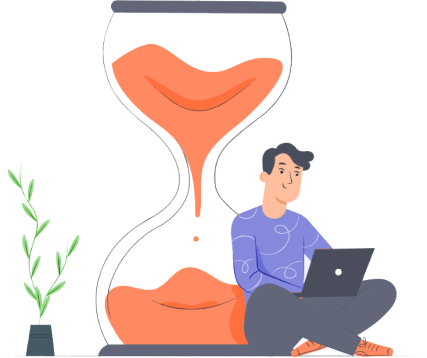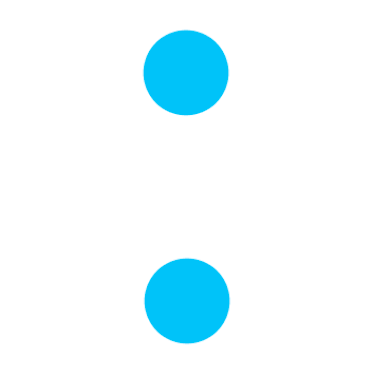MODULE - 1 Est. Duration: 57 min
MODULE - 2 Est. Duration: 48 min
MODULE - 3 Est. Duration: 1 hr 9 min
MODULE - 4 Est. Duration: 41 min
MODULE - 5 Est. Duration: 42 min
MODULE - 6 Est. Duration: 23 min
MODULE - 7 Est. Duration: 56 min
MODULE - 8 Est. Duration: 25 min
MODULE - 9 Est. Duration: 17 min
MODULE - 10 Est. Duration: 24 min
Unit 11 .1
'chhoTii ye' & 'ba.Dii ye'
Est. Duration: 3 Minutes
Bookmark This
INTRODUCTION
In this unit, we’ll take our knowledge of Urdu vowels even further by learning about two very important letters - ‘chhoTii ye’ (Devanagari: छोटी ये | IPA: /t͡ʃʰoːʈiː jeː/ | Pronunciation: ) and ‘ba.Dii ye’ ( Devanagari: बड़ी ये | IPA: /bəɽiː jeː/ | Pronunciation: )
- ba.Dii ye
- बड़ी ये
- chhoTii ye
- छोटी ये
Above: The letters ‘chhoTii ye’ & ‘ba.Dii ye’
In the Urdu language, these two letters help us with creating three more long-vowel sounds - ‘ii’ ( ई | /iː/ | ) , ‘e’ ( ए | /eː/ | ) & ‘ai’ ( ऐ | /ɛː/ | ) and the consonant sound ‘y’ ( य | /j/ | )
11.1.1: ‘chhoTii ye’
This is the letter ‘chhoTii ye’ (Devanagari: छोटी ये | IPA: /t͡ʃʰoːʈiː jeː/; Pronunciation: )
As a vowel, this creates the sound of ‘ii’ (ई) as in “eel” , “feet”, “referee” etc. or as in Hindi words such as - “ईद”, “अमीर”, “अपनी” etc.
As a consonant, this creates the sound of ‘y’ (य) as in “yellow”, “banyan” etc. or as in Hindi words such as - “याद”, “दयार” etc.
11.1.2: ‘ba.Dii ye’
This is the letter ‘ba.Dii ye’ (Devanagari: बड़ी ये | IPA: /bəɽiː jeː/; Pronunciation: )
This creates the sound of the long-vowel ‘e’ (ए) as in “eight”, “wake”, “away” etc. or as in Hindi words such as - “एक”, “अनेक”, “अपने” etc.
With the diacritic zabar, this creates the sound of ‘ai’ (ऐ) as in “at”, “daddy” etc. or as in Hindi words such as - “ऐसा”, “चैन”, “मै” etc.
Let’s move on to learning about these two letters in greater detail now and also some words where they’re used.





.png)


